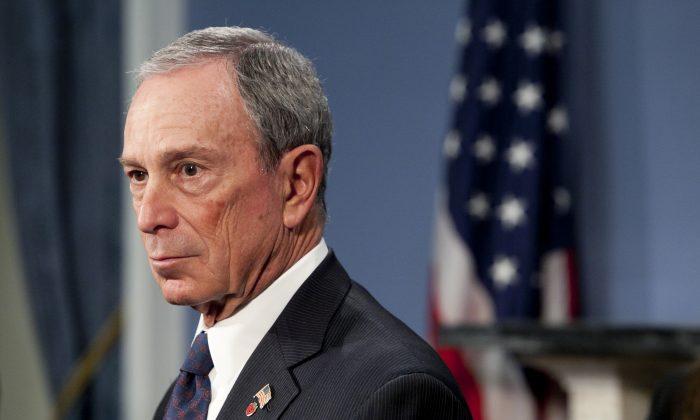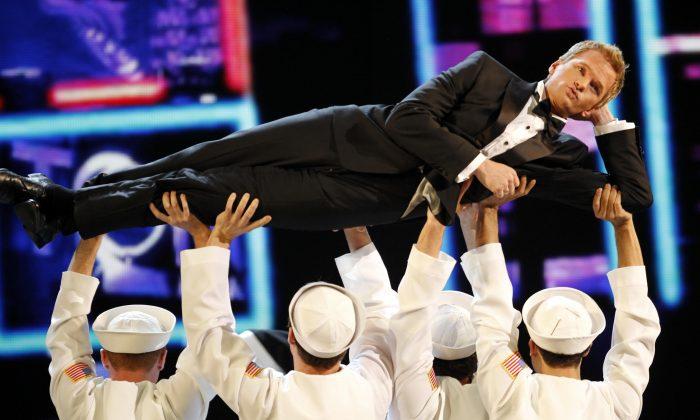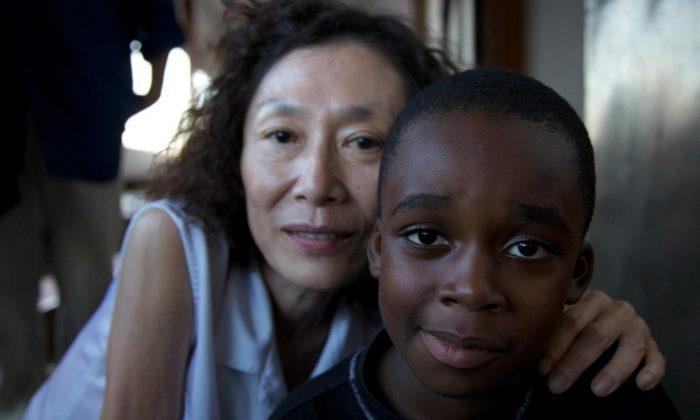NEW YORK—Stopping at a South Jamaica probation center Thursday, Mayor Michael Bloomberg spoke of his success in bringing the incarceration rate in the city to an all-time low.
“New Yorkers live in the safest big city in the nation,” he said.
While national incarceration numbers rose by 3 percent between 2001 and 2012, the city’s dropped by 36 percent. The number of state prison inmates dropped 40 percent and the number of inmates in city jails decreased 18 percent during the same period.
Twenty years ago, more than 2,200 people were murdered each year. That number is now less than 350.
“We think that this is a huge success story,” Bloomberg said.
The mayor attributed the success to the increase in alternative-to-incarceration programs like Neighborhood Opportunity Network (NeON), which he called a “gold star example.”
The NeON program was set up as part of the mayor’s Young Men’s Initiative, which aims to help young black and Latino men by offering mentoring and job preparation services, as well as other support. NeON centers are located in target neighborhoods including Brownsville, East New York, Harlem, Jamaica, and South Bronx.
No Mention of Stop-and-Frisk
Bloomberg didn’t mention the controversial stop, question, and frisk policing tactic.
Under Police Commissioner Ray Kelly’s leadership, police stops hit an all-time high of 685,724 in 2011, however, only 12 percent resulted in arrests or summons. Advocacy groups pushed for reform, saying the department unconstitutionally targeted black and Latino men.
Dora Schriro, commissioner of the city’s Department of Correction (DOC) said 90 percent of those admitted to the DOC are inmates who have been to jail before, on average—nine times each.
“When you’re in [prison], our job is to get you out, and keep you out,” Schriro said.
Host of the gathering and chief at the South Jamaica NeON center, Rodney Levy, spoke about the effectiveness of the services, which include abuse treatment, academic support, literacy programs, mentoring, healthcare, community benefit projects, and work preparation.
The center recently opened a satellite office in Far Rockaway to support those in the neighborhood who have a hard time making it to the South Jamaica location.
The re-arrest rate for NeON clients who are 16 to 24 years old is 23 percent lower than those of the same age who do not go through a NeON program.
Warm Words From the Mayor
Michael Smith, a 24-year-old who was on probation before being referred to the South Jamaica NeON center said he’s glad he joined the program—it changed his life.
“I just want to do better, take care of my family, show people that it’s easy and they can do it too,” Smith said. He now works in demolition.
Bloomberg shared words of encouragement with the young man, saying that although people can help, the decision to move forward is up to him.
“There will be times when it’s tough and you think that everything is going against you, and that’s the time when you have to grit your teeth,” Bloomberg said. “The future is yours.”
As he posed for a photo next to Smith after all the announcements, Bloomberg continued to whisper words of encouragement as the camera flashes fired.
Epoch Times staff Kristen Meriwether contributed to this report.






Friends Read Free